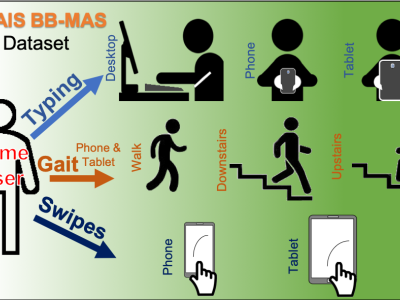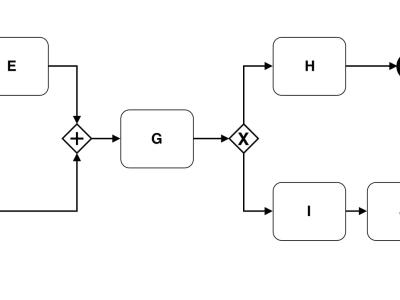
test
- Categories:

test

This dataset was created for research on blockchain anomaly and fraud detection. And donated to IEEE data port online community.
https://github.com/epicprojects/blockchain-anomaly-detection
Files:
bitcoin_hacks_2010_2013.csv: Contains known hashes of bitcoin theft/malicious transactions from 2010-2013
malicious_tx_in.csv: Contains hashes of input transactions flowing into malicious transactions.

Information:
This dataset was created for research on blockchain anomaly and fraud detection. And donated to IEEE data port online community.
Research experiments for this dataset can be found at https://github.com/epicprojects/blockchain-anomaly-detection

Information:
This dataset was created for research on blockchain anomaly and fraud detection. And donated to IEEE data port online community.
https://github.com/epicprojects/blockchain-anomaly-detection
The orchid flower dataset was selected from the northern part of Thailand. The dataset contains Thai native orchid flowers, and each class contains at least 20 samples. The orchid dataset including 52 species and the visual characteristics of the flower are varying in terms of shape, color, texture, size, and the other parts of the orchid plant like a leaf, inflorescence, roots, and surroundings. All images are taken from many devices such as a digital camera, a mobile phone, and other equipment. The orchids dataset contains 3,559 images from 52 categories.

This is a dataset consisting of 8 features extracted from 70,000 monochromatic still images adapted from the Genome Project Standford's database, that are labeled in two classes: LSB steganography (1) and without LSB Steganography (0). These features are Kurtosis, Skewness, Standard Deviation, Range, Median, Geometric Mean, Hjorth Mobility, and Hjorth Complexity, all extracted from the histograms of the still images, including random spatial transformations. The steganographic function embeds five types of payloads, from 0.1 to 0.5.

Features Extracted from BraTS 2012-2013


Overview

Traditional Static Timing Analysis (STA) assumes only single input switches at a time with the side input held at non-controlling value. This introduces unnecessary pessimism or optimism which may cause degradation of performance or chip failure. Modeling Multi-Input Switching (MIS) requires a good amount of simulations hence we provide a dataset comprising of SPICE simulations done on 2 input NAND and NOR gate.